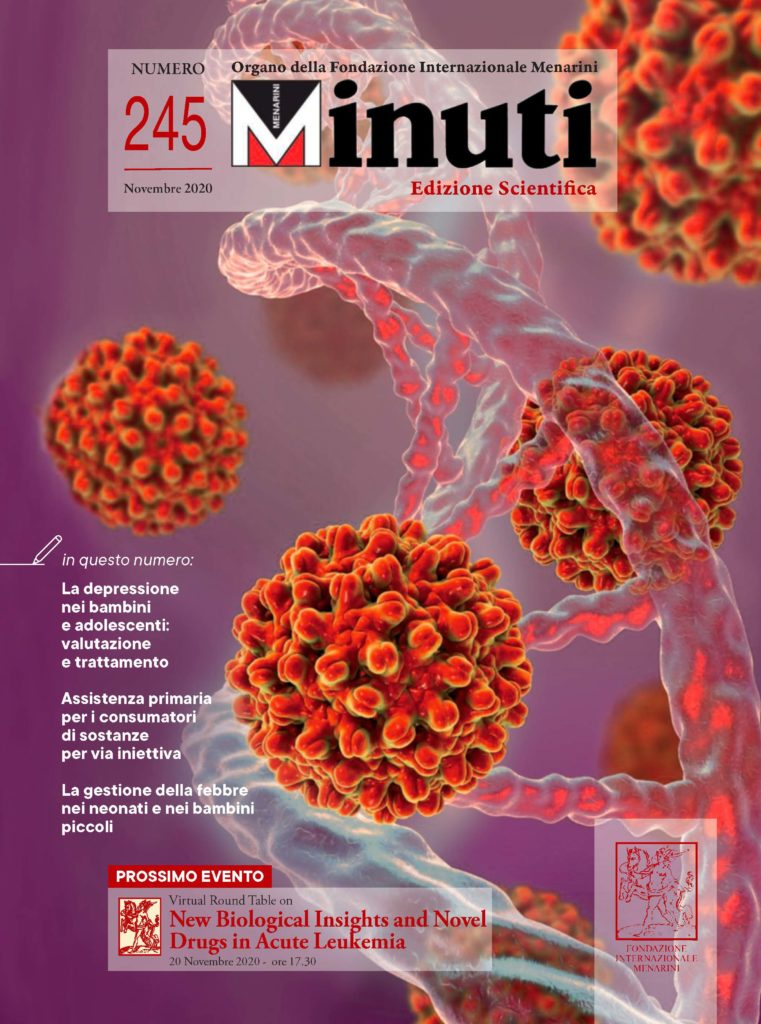
Bleeding and Bruising: Primary Care Evaluation
di Dr.ssa Pamela R. Hughes, Dr.ssa Meghan N. Lewis, Dr.ssa Shalease S. Adams • June 2025
Easy bruising and bleeding are commonly seen in primary care. Use of a bleeding assessment tool and a comprehensive history, physical examination, and patient-provided photographs can help identify causes of abnormal bleeding and bruising. Family history can aid diagnosis of a heritable cause. Nonaccidental trauma should be considered, especially in vulnerable populations. Initial laboratory testing includes a complete blood cell count, peripheral blood smear, prothrombin time (PT), international normalized ratio, activated partial thromboplastin time (aPTT), and fibrinogen. Normal PT and aPTT results may indicate a platelet disorder. A normal PT result with a prolonged aPTT result indicates a disorder of the intrinsic coagulation pathway, and a prolonged PT result with a normal aPTT result may indicate a disorder of the extrinsic coagulation pathway. Consultation with a hematologist is recommended when initial evaluation indicates a bleeding disorder or when suspicion remains high despite a normal laboratory workup result.
(Am Fam Physician. 2024; 110(5):504-514. Copyright © 2024 American Academy of Family Physicians).
(Am Fam Physician. 2024; 110(5):504-514. Copyright © 2024 American Academy of Family Physicians).
Related Articles
Managing Menopausal Symptoms: Common Questions and Answers
di
Dr.ssa Jennifer G. Chang, Dr.ssa Meghan N. Lewis, Dr.ssa Maggie C. Wertz
June 2025
Highlights
di
Aaron Saguil, Matthew V. Fargo
∙
February 2021







